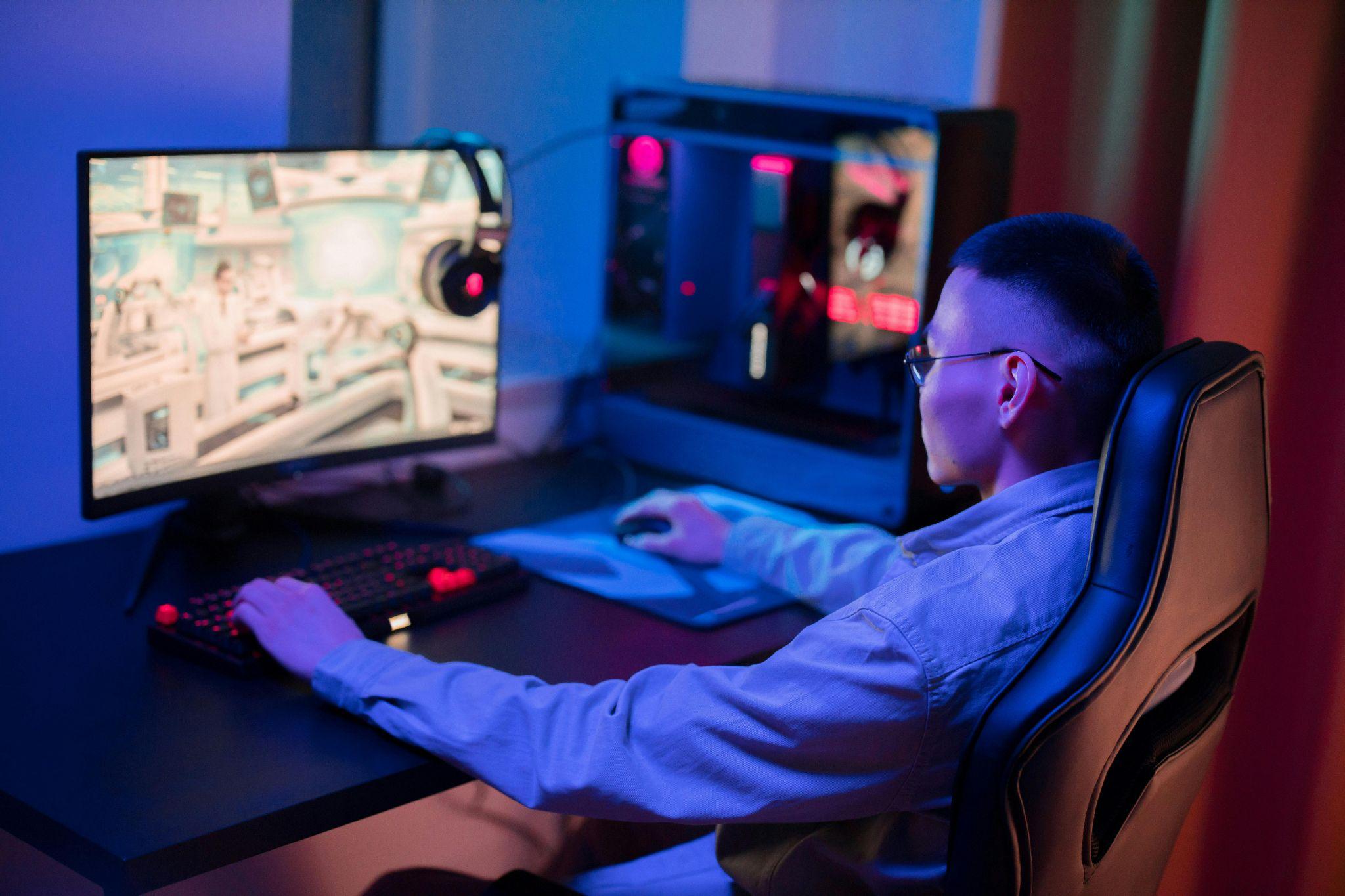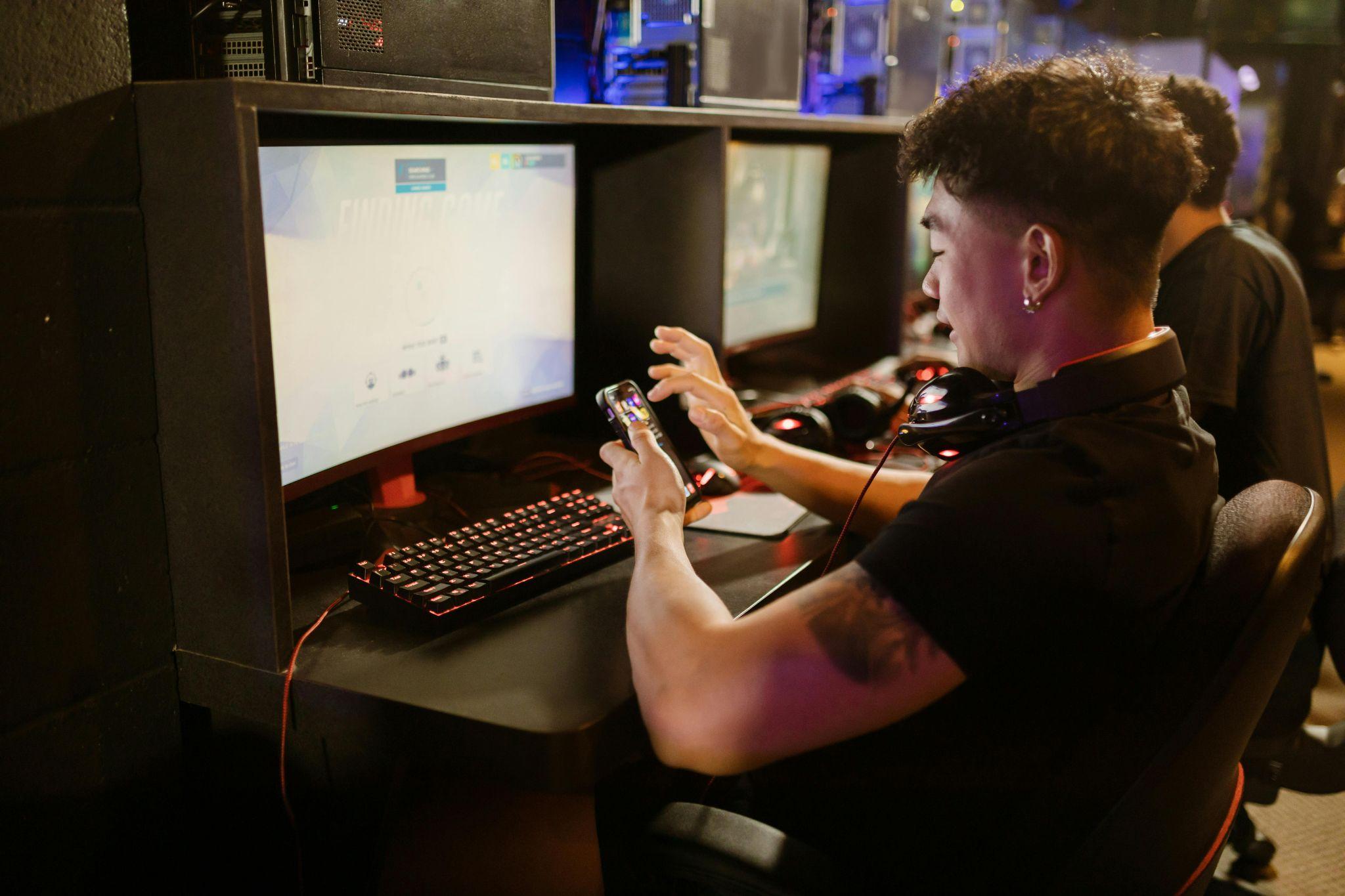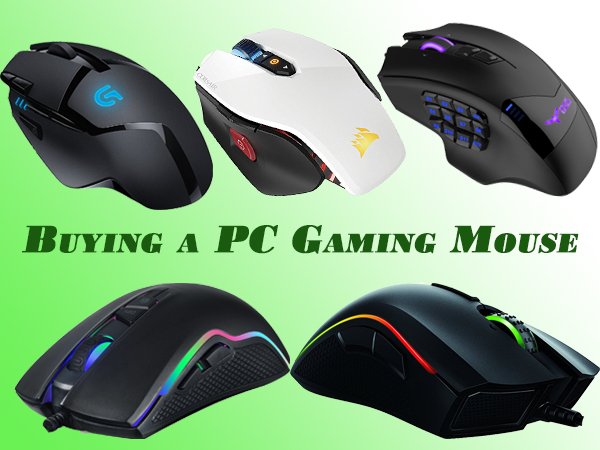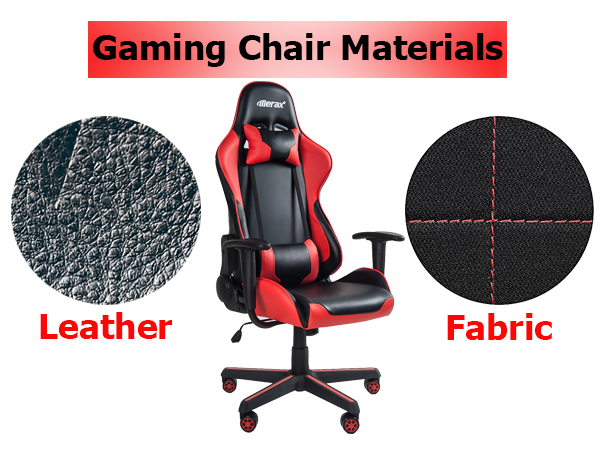Finding the best budget gaming desks for small spaces requires balancing three critical factors: compact dimensions that fit your room, structural stability to support your equipment, and cost-effectiveness without sacrificing essential features. Whether you’re setting up a gaming corner in a dorm room, apartment, or shared bedroom, the right desk transforms cramped quarters into a functional gaming station. This guide walks you through selecting a budget-friendly gaming desk that maximizes your limited space while meeting your gaming needs.
What Makes a Desktop Ideal for Small-Space Gaming Setups
Gaming desks designed for small spaces require different considerations than their full-sized counterparts. The emphasis shifts from expansive surface area to intelligent space utilization, ensuring every inch serves a purpose without overwhelming your room.
Compact Footprint & Space-Saving Design
The physical dimensions of your desk directly impact room functionality and movement. Compact gaming desks typically feature narrower profiles that allow placement against walls, in corners, or between furniture without blocking pathways or creating a cramped feeling.
Ideal dimension ranges for small-space gaming desks:
- Width: 40-50 inches (sufficient for single monitor and peripherals)
- Depth: 20-28 inches (allows comfortable arm positioning without jutting into room)
- Height: Standard 28-30 inches (accommodates most ergonomic chair adjustments)
- Overall footprint: Under 10 square feet of floor space
Desks meeting these specifications fit comfortably in bedrooms, dorm rooms, and studio apartments while providing adequate workspace for gaming essentials.
Stability, Weight Capacity & Build Quality
According to PC Gamer’s desk testing protocols, even budget desks must support 50-100 pounds safely to accommodate monitors, keyboards, mice, and potentially a desktop tower. Sturdy frame construction prevents wobbling during intense gaming sessions, which can affect aim precision in competitive games and cause monitor shake.
Budget desks often use engineered wood (MDF or particleboard) rather than solid wood or steel frames. While these materials reduce costs, they also decrease weight capacity and long-term durability. Look for reinforced leg construction, metal frame components, or thick composite boards (at least 0.75 inches) to ensure your desk withstands daily use without sagging or developing structural weaknesses.
Smart Storage & Functional Add-ons (Monitor Riser, Hooks, Cupholders, Cable Management)
In tight spaces, vertical storage solutions and integrated accessories maximize functionality without requiring additional furniture. Built-in monitor risers elevate screens to ergonomic eye level while creating storage space underneath for keyboards or controllers. Headphone hooks keep audio equipment accessible but off the desktop. Cable management grommets, clips, or routing channels prevent wire tangles that make small spaces feel chaotic.
Desirable extras for small-space gaming desks include controller stands, cup holders (preventing spill damage), small shelves for speakers or figures, and under-desk hooks for cable management boxes or surge protectors.
Common Trade-Offs with Budget & Compact Gaming Desks
No desk perfectly balances all features—budget constraints and compact dimensions inevitably require compromises. Understanding these trade-offs helps set realistic expectations and guides your purchasing decision.
Limited Surface Area vs. Multi-Monitor / Large Setup Needs
Compact desks inherently restrict what equipment fits comfortably. Common limitations include:
- Insufficient width for dual 24-inch+ monitors without overlap
- No space for full-tower PC cases on desktop (requiring floor placement)
- Cramped peripheral arrangement (keyboard, mouse, gamepad, streaming equipment competing for space)
- Limited room for decorative items, drinks, or reference materials during gaming
Gamers requiring extensive setups may need to choose between compact desks with minimal features or slightly larger desks that sacrifice some space-saving benefits.
Reduced Storage or No Dedicated Storage Compartments
Most budget small-space desks eliminate drawers, shelves, or cabinets to reduce manufacturing costs and physical size. This forces users to store accessories—controllers, cables, game cases, cleaning supplies—on the floor, in separate organizers, or on nearby shelving units. The lack of integrated storage can make small rooms feel more cluttered despite the desk’s compact footprint.
Ergonomic Constraints (Legroom, Posture for Tall Users)
Shallow desk depth (under 24 inches) and compact frames may create ergonomic challenges, particularly for taller gamers. Limited legroom forces knees against support bars or desk undersides. Insufficient depth prevents proper monitor distance (recommended 20-30 inches from eyes), potentially causing eye strain. Users over 6 feet tall may find compact desks force hunched postures that lead to back and neck discomfort during extended gaming sessions.
Quick Comparison: Types of Budget Gaming Desks for Small Spaces

Budget small-space desks fall into several categories, each prioritizing different features. Identifying which type aligns with your needs streamlines the selection process.
Slim Straight-Top Desks (Minimalist / Apartment-Ready)
These minimalist gaming desks prioritize simplicity and small footprints over features:
- Ultra-narrow profiles (40-44 inches wide, 20-24 inches deep)
- Lightweight construction (easy to move or relocate)
- Minimal or zero storage features
- Clean aesthetic suitable for dual-purpose spaces (work/gaming)
- Lowest price point ($60-$120)
Compact Desks with Extras (Risers, Hooks, Cable Management)
These desks pack maximum utility into minimal space through thoughtful design:
- Integrated monitor risers for ergonomic viewing and storage underneath
- Built-in headphone hooks, controller stands, or cup holders
- Cable management grommets or channels
- Slightly larger footprints (44-50 inches wide) but better functionality
- Mid-range pricing ($100-$180)
Foldable or Mobile / Rolling Desks (Flexible & Space-Efficient)
Designed for maximum flexibility in multi-use spaces:
- Folding mechanisms collapse desks when not gaming
- Rolling casters allow repositioning without lifting
- Extremely space-efficient for dorm rooms or temporary setups
- Trade-offs include reduced stability during use and lower weight capacities
- Variable pricing ($80-$150) depending on features
Recommended Budget Gaming Desks for Small Spaces — Examples to Evaluate
The following table compares real-world options across different categories, helping you identify desks matching your space and feature requirements:
| Desk Type | Approx. Size / Footprint | Key Features / Strengths | Best For / Notes |
|---|---|---|---|
| Basic Computer Desk | 39-42″ W × 19-23″ D | Minimal footprint, simple assembly, lightweight | Ultra-tight spaces, temporary setups, minimal equipment |
| Small Gaming Desk with Riser | 44-47″ W × 24-28″ D | Monitor stand, cable grommets, headphone hook, increased stability | Single-monitor gamers needing organization in compact space |
| Corner Space-Saver Desk | 40-45″ corner fit | Utilizes corner space efficiently, slightly more surface area | Rooms with available corner placement, moderate setups |
| Folding Gaming Table | 40″ W × 20″ D (folds to 4″) | Collapsible design, portable, stores vertically | Dorm rooms, shared spaces, occasional gaming |
Price ranges typically span $70-$180 depending on materials, features, and brand reputation.
How to Choose the Right Budget Gaming Desk for Your Space
Selecting the optimal desk requires honest assessment of your physical space, equipment inventory, and gaming habits. Generic recommendations rarely account for individual circumstances—personalized evaluation ensures your investment meets actual needs.
Measure Your Available Space & Plan Desk Dimensions First
Before browsing desks, measure your available area precisely:
- Record width, depth, and height clearances (accounting for baseboards, vents, outlets)
- Note door swing paths, walkways, and furniture placement
- Use painter’s tape or cardboard to outline potential desk positions on the floor
- Photograph the space from multiple angles for reference while shopping
- Allow 6-12 inches of clearance around the desk for chair movement and access
According to The Spruce’s space planning guide, visualizing furniture placement before purchasing prevents costly returns and sizing mistakes.
Inventory Your Gear: Monitor(s), PC Tower, Peripherals, Accessories
Create a comprehensive equipment list with approximate dimensions:
- Monitor(s): screen size, base footprint, and stand depth
- PC tower: height, width, depth (will it fit on desk or require floor placement?)
- Keyboard and mouse: space requirements including mouse pad
- Speakers, microphone, webcam, or streaming equipment
- Controllers, headphones, and charging stations
- Reference materials, beverages, or decorative items
This inventory reveals whether compact desks genuinely accommodate your setup or if you need slightly larger options. Overestimating storage needs is wiser than discovering your desk can’t fit essential equipment after purchase.
Prioritize Features Based on Your Setup and Use Patterns
Rank features by importance to your specific situation:
Choose minimalist desks if: You have single-monitor setups, minimal peripherals, separate storage solutions, and tight budgets
Select desks with extras if: You need cable management, monitor risers improve ergonomics, integrated hooks reduce clutter, and you can afford moderate price increases
Consider foldable/mobile desks if: Your space serves multiple purposes, you relocate frequently, stability matters less than flexibility, or you game occasionally rather than daily
Decision checklist:
- Does desk width accommodate all equipment with 2-3 inches clearance?
- Can desk depth allow proper monitor distance (20-30 inches from eyes)?
- Does weight capacity exceed total equipment weight by 20-30 pounds?
- Do included features address your primary organization challenges?
- Does assembly complexity match your tools and experience?
Maintenance and Setup Tips for Small-Space Gaming Desks

Proper setup and maintenance extend desk lifespan and maximize functionality, particularly important when budget constraints limit replacement options.
Cable Management & Desk Organization in Tight Spaces
Effective cable management prevents tangles, reduces visual clutter, and protects equipment in confined spaces:
- Route cables along desk legs or edges using adhesive clips or cable sleeves
- Use compact power strips with surge protection mounted under desks
- Label cables at both ends for easy identification during troubleshooting
- Employ cable boxes or management trays to conceal excess cord length
- Replace excessively long cables with shorter versions matching actual distances
- Velcro ties (reusable) organize cables better than zip ties (permanent)
Ergonomics & Comfort: Chair Choice, Monitor Positioning, Room Layout
Even perfect desks fail without proper ergonomic setup. Monitor positioning should place screen tops at or slightly below eye level, requiring monitor risers or adjustable stands for many compact desks. Chairs should adjust so feet rest flat on floors with knees at 90-degree angles. Keyboard placement allows forearms parallel to floors without shoulder hunching.
Small rooms benefit from strategic lighting—desk lamps reduce eye strain without overhead glare. Ensure adequate ventilation around PC components, as compact spaces trap heat more readily than large rooms.
Periodic Cleaning and Avoiding Overload for Longevity
Budget desk materials degrade faster under stress than premium alternatives. Regular maintenance includes:
- Weekly dusting prevents debris accumulation in cable management areas
- Monthly inspection of screws and connections (tightening as needed)
- Never exceeding stated weight capacities (reduces sagging and joint stress)
- Using coasters or desk mats to protect surfaces from spills and scratches
- Avoiding leaning or sitting on desks (concentrates weight at weak points)
Conclusion
The best budget gaming desks for small spaces successfully balance compact footprints, adequate stability, and essential features within financial constraints. Your ideal desk depends on precise space measurements, honest equipment inventories, and realistic feature prioritization rather than trending designs or brand recognition. Measure your available area carefully, list all equipment requiring desk space, and select desks matching your actual needs—not aspirational setups. Whether choosing minimalist designs, feature-rich compact desks, or flexible folding options, thoughtful selection transforms limited space into functional, enjoyable gaming environments without breaking your budget.






